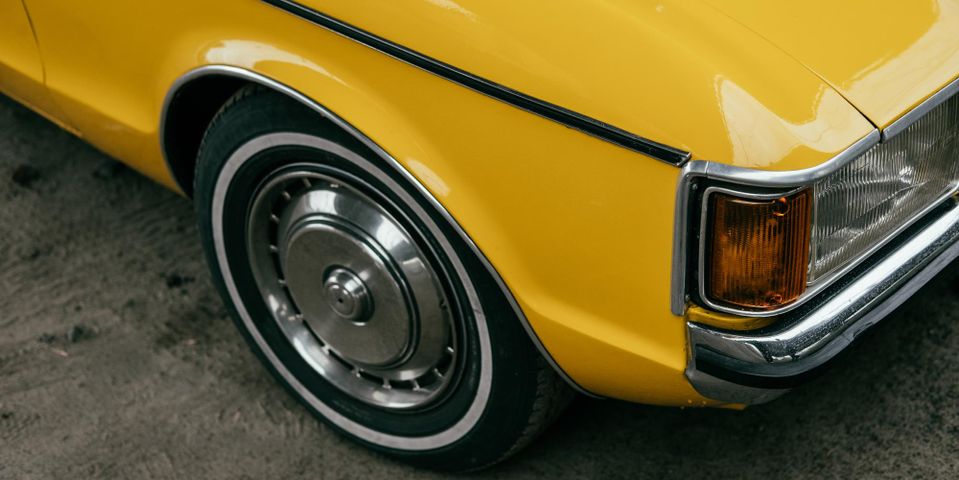
Car enthusiasts know that few things compare to the beauty and character of vintage automobiles. When they’ve been restored, classic models can look as great as they did the day that they were originally sold. If you have your eye on a specific antique car, here’s what you should know about the restoration process.
How to Restore an Antique Car
1. Locate the Parts
 Once you find an antique car that you want to restore, the real work begins. First, determine whether any of the parts already in the vehicle are salvageable. Otherwise, you may be able to find a supplier that produces similar, high-quality aftermarket components that are comparable to the car’s original parts since they aren’t likely to be produced anymore.
Once you find an antique car that you want to restore, the real work begins. First, determine whether any of the parts already in the vehicle are salvageable. Otherwise, you may be able to find a supplier that produces similar, high-quality aftermarket components that are comparable to the car’s original parts since they aren’t likely to be produced anymore.
2. Assess the Body
Unless you know your way around auto body repairs and paint, it’s best to leave this job to a skilled professional. In most cases, antique cars will require some significant retouching, at the very least, and may have a few dings and dents that need minor repairs.
3. Check the Electrics
The electrical system, including the starter, battery, and alternator, is the vehicle’s lifeblood. It may be challenging to repair these components in an antique car. If you can access the car’s original manual, that may help you through the process. Charge the battery, too; you may need to replace it entirely if it hasn’t been charged regularly during its life. Inspect the wiring for signs of degradation due to moisture exposure or pest infestations. You can prevent further damage by covering the car when it’s not in use.
4. Remove Surface Mold
It’s not unusual for mold to develop in old vehicles. You don’t have to write it off completely because of this toxic substance, but you need to be cautious about protecting the fabric when you clean the car. First, vacuum the interior using a high-efficiency particulate air device to extract as many mold spores as possible. Then, apply a damp cloth and a mild soap to the contaminated areas. Make sure that the cleanser is safe to use on the car’s material. For more stubborn spots, you can use a solution composed of one part white vinegar and three parts water to gently scrub them away.
By following these suggestions, your antique car will be in great condition, whether you’re planning to drive it or show it off at the next auto show. You can count on Charlotte AutoFair in Mecklenburg County, NC, to draw vibrant, enthusiastic crowds with a true passion for vintage vehicles. They’ve done so for more than 30 years, and it’s a great place to bond with other collector car admirers. Visit them online or call (704) 841-1990 for more information on the event.
About the Business
Have a question? Ask the experts!
Send your question

